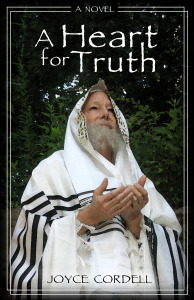Searching His Word, Seeking His Heart
Okay, my friends, I’m going to share some behind-the-scenes secrets of “Eyes to See”, soon-to-be published book about Matthew.
I wanted us to see Matthew as the real person he was, to get to know him up close. The problem was, we have very little written in the Scriptures specifically about him, or for that matter, most of the other disciples as well.
I wanted to give background in the first part of the book leading up to the big scene where Jesus approaches Matthew’s tax booth and says,
“Follow me.” Matthew 9:9
Unfortunately for me, we have nothing in Scripture about Matthew’s life before that moment.
But fortunately, in the case of Matthew, we have the Gospel written by him—the Book of Matthew.

So, I searched his writing to see if I could understand more of the man. He began his gospel with a typical Jewish tradition by giving the lineage of Jesus. Lineage was important to the Jews. Over and over throughout the Old Testament, we read of this one who was the son of that one who was the son of the next one. etc. If you saw “Schindler’s List” with Liam Neeson, you may remember how they were careful to keep names of their fellow Jews.
Matthew’s lineage begins with Abraham, the father of the Jewish nation, then down fourteen generations to David. (Remember how Jesus was often called the son of David?) From David to the exile is a another fourteen generations. After the exile, yet another fourteen generations to—
. . . Jacob the father of Joseph, the husband of Mary, of whom was born Jesus, who is called Christ. Matthew 1:16
Matthew wants to be sure we know that Jesus is the son of David, as prophesied, and is born with a legal Jewish father, even though Joseph is not the birth father.
All these numbers! And in very strict form. Hmm, fourteens are double sevens, the complete or perfect number. Numbers seemed to be important to Matthew.
I know all those “begats” we used to read in the King James version seemed endless. But if you were a student of the Law, these things were important.
Exactly! That’s why I believe Matthew had much study, perhaps in a yeshiva, a school for boys and young men. He seemed Jewish through and through.
In keeping with our previous study of Jesus where he incorporated women into his teachings, parables, and healings, Matthew seems to have captured this concept of including women even in the lineage. Only Matthew records: Tamar, Rahab, Ruth, Bathsheba, and of course Mary. Some of these women were even outside the Jewish camp. Matthew, like his master, Jesus, lifted up these women from a place of shame or lowliness to a place of honor.
What else can we discover about Matthew in his writings? Tune in next week.
~ Joyce ~


